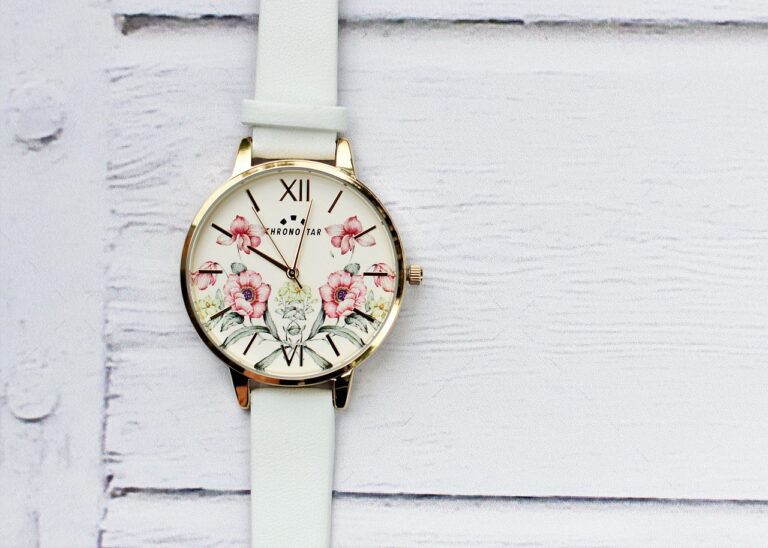The Influence of Cultural Appropriation Debates on Boutique Fashion: Lotus365 book, Playexch 99, All panel .com
lotus365 book, playexch 99, all panel .com: The Influence of Cultural Appropriation Debates on Boutique Fashion
In recent years, the fashion industry has been under scrutiny for cultural appropriation, especially in the realm of boutique fashion. As discussions about diversity, inclusion, and social justice become more prevalent, many boutique fashion brands are finding themselves at the center of heated debates surrounding the ethics of borrowing elements from different cultures for profit.
Cultural appropriation refers to the adoption or use of elements of one culture by members of a different culture, often without understanding or respect for the original culture. In the context of boutique fashion, this can manifest as the use of traditional patterns, designs, or symbols in ways that are insensitive or disrespectful to the culture from which they originated.
With the rise of social media and the power of online activism, consumers are becoming more aware of cultural appropriation in fashion and are holding brands accountable for their actions. This increased awareness has had a profound impact on boutique fashion, influencing everything from design choices to marketing strategies.
Here are some key ways in which the cultural appropriation debates are shaping the boutique fashion industry:
1. Sensitivity in Design Choices
As consumers become more attuned to issues of cultural appropriation, boutique fashion brands are being forced to reexamine their design choices. This means being more mindful of the cultural origins of their designs and ensuring that they are used in a respectful and informed manner.
2. Collaboration Over Appropriation
Rather than appropriating elements from different cultures, boutique fashion brands are increasingly opting for collaborations with artists and designers from those cultures. This not only ensures authenticity and respect but also fosters cross-cultural exchange and understanding.
3. Transparency in Sourcing
Consumers are demanding transparency from fashion brands about where their designs and materials come from. Boutique fashion brands are being pressured to be more upfront about the cultural origins of their products and to ensure that they are sourced ethically and respectfully.
4. Inclusivity in Marketing
Boutique fashion brands are reflecting a more diverse range of voices and perspectives in their marketing campaigns. By featuring models and influencers from various cultural backgrounds, brands are showing a commitment to inclusivity and diversity.
5. Education and Empowerment
Many boutique fashion brands are using their platforms to educate consumers about the cultural significance of their designs. By sharing the stories behind their products, brands are empowering consumers to make more informed choices and appreciate the richness of different cultures.
6. Accountability and Impact
Consumers are increasingly holding fashion brands accountable for their actions, whether it be through social media call-outs or boycotts. Boutique fashion brands are being pressured to take responsibility for their cultural appropriation missteps and to make meaningful changes to prevent future harm.
In conclusion, the cultural appropriation debates are having a significant impact on boutique fashion, pushing brands to be more mindful, transparent, and inclusive in their practices. By navigating these debates with sensitivity and respect, boutique fashion brands have the opportunity to not only avoid controversy but also to foster positive change and build stronger connections with their consumers.
FAQs
Q: How can boutique fashion brands avoid cultural appropriation?
A: Boutique fashion brands can avoid cultural appropriation by collaborating with artists and designers from different cultures, being transparent about the cultural origins of their products, and educating consumers about the significance of their designs.
Q: What should consumers look for to ensure that a boutique fashion brand is respecting different cultures?
A: Consumers should look for brands that are transparent about their design processes and sourcing practices, collaborate with artists and designers from diverse backgrounds, and actively engage in conversations about cultural appropriation.
Q: How can boutique fashion brands navigate the fine line between cultural appreciation and cultural appropriation?
A: Boutique fashion brands can navigate this fine line by consulting with cultural experts, being open to feedback from consumers, and continuously educating themselves about the cultural significance of their designs.







